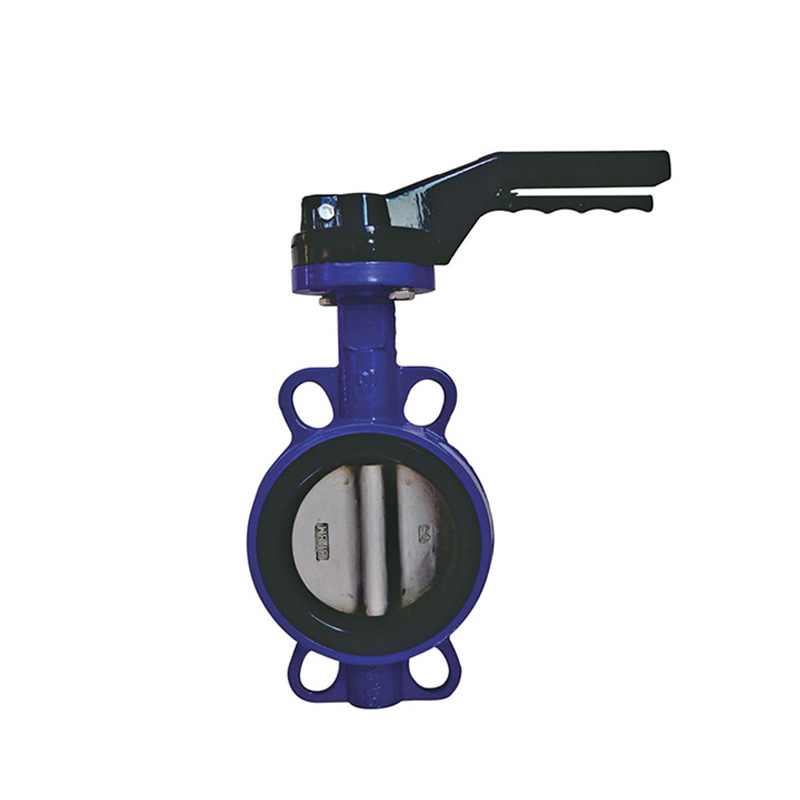9 月 . 12, 2024 06:32 Back to list
EPDM Rubber Expansion Joint - Durable and Flexible Solutions for Piping Systems
Understanding EPDM Rubber Expansion Joints
EPDM (Ethylene Propylene Diene Monomer) rubber expansion joints play a crucial role in various industrial applications, primarily in piping systems. These innovative components are designed to absorb vibrations, accommodate thermal expansion, and mitigate the transfer of stress in piping systems. Their unique properties make them ideal for industries ranging from water treatment to petrochemicals.
The Importance of Expansion Joints
As temperatures in piping systems fluctuate, materials expand and contract. If not properly managed, this thermal movement can lead to significant stress on pipes and connections, often resulting in leaks, cracks, or even catastrophic failures. Expansion joints act as flexible points within the piping system that can absorb these movements, ensuring the integrity and longevity of the system. EPDM rubber, known for its excellent elasticity and resilience, is particularly effective in this role.
Properties of EPDM Rubber
EPDM rubber possesses several key properties that make it suitable for use in expansion joints. First and foremost, it exhibits outstanding resistance to heat, ozone, and weathering, making it ideal for both indoor and outdoor applications. Additionally, EPDM is known for its excellent flexibility, allowing it to handle large amounts of movement without compromising its structural integrity.
Furthermore, EPDM rubber is inherently resistant to a wide range of chemicals, including dilute acids, alkalis, and some alcohols. This chemical resistance expands the range of environments in which EPDM expansion joints can be effectively utilized. Additionally, EPDM has a good thermal stability, allowing it to function over a wide temperature range, typically from -40°F to 300°F (-40°C to 149°C).
Applications of EPDM Rubber Expansion Joints
epdm rubber expansion joint

EPDM expansion joints find applications across various sectors
1. Water and Wastewater Treatment In this industry, expansion joints help to accommodate the expansion and contraction caused by temperature changes in water and sewage systems, preventing joint failure and leaks.
2. Heating and Cooling Systems HVAC systems benefit from EPDM expansion joints that manage thermal expansion, reduce noise, and minimize vibrations that could otherwise affect system efficiency and comfort levels.
3. Oil and Gas In petroleum applications, EPDM’s resistance to weathering and heat ensures reliable performance in challenging environments, where it helps maintain the integrity of pipelines.
4. General Industrial Many manufacturing processes utilize EPDM expansion joints to prevent mechanical failures in machinery, ensuring smooth operations in factories and plants.
Conclusion
In summary, EPDM rubber expansion joints are essential components in various industrial applications due to their unique properties and capabilities. By absorbing thermal expansion and vibrations, they protect piping systems from potential damage, contributing to the efficiency and safety of these systems. With their wide-ranging applications and resistance to environmental challenges, EPDM expansion joints continue to be a preferred choice for engineers and designers seeking reliable and robust solutions in fluid handling systems. As industries evolve and technologies advance, the role of these expansion joints will only grow in importance, ensuring the integrity and longevity of critical infrastructure.
Share
-
Understanding the Differences Between Wafer Type Butterfly Valve and Lugged Butterfly ValveNewsOct.25,2024
-
The Efficiency of Wafer Type Butterfly Valve and Lugged Butterfly ValveNewsOct.25,2024
-
The Ultimate Guide to Industrial Swing Check Valve: Performance, Installation, and MaintenanceNewsOct.25,2024
-
Superior Performance with Industrial Swing Check Valve: The Essential Valve for Any SystemNewsOct.25,2024
-
Industrial Swing Check Valve: The Ideal Solution for Flow ControlNewsOct.25,2024
-
You Need to Know About Industrial Swing Check Valve: Functionality, Scope, and PerformanceNewsOct.25,2024